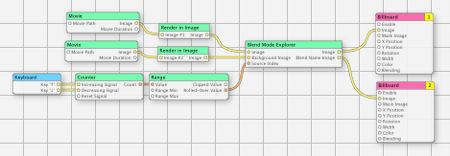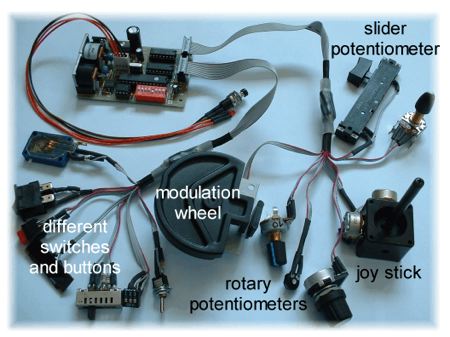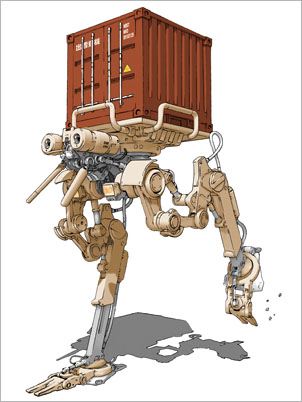Plist Editor
I do wonder at Apple sometimes. With Mac OS X, they give you Xcode, their superb development environment. On the other hand with it, they supply hugely underpowered applications like Property List Editor. Very odd!
Anyway, one thing that Property List Editor does have going for it is the ability to edit binary plists without having to convert them to ASCII XML:- very useful. However without, for instance, search and replace it is (for me) almost useless!
To the rescue is PlistEdit Pro; all the same stuff as the Apple app, but with loads more to boot. If you need to work with plists a lot then $25 doesn't seem like big money.
And with regard to editing Quartz Composer files, I can confirm that I can edit the files, search and replace, save them and they work as they should. If I wasn‘t thinking more down the automated shell script route (perhaps with some nifty applescript), I’d probably be shelling out for PlistEdit Pro!
SteamSHIFT Out




